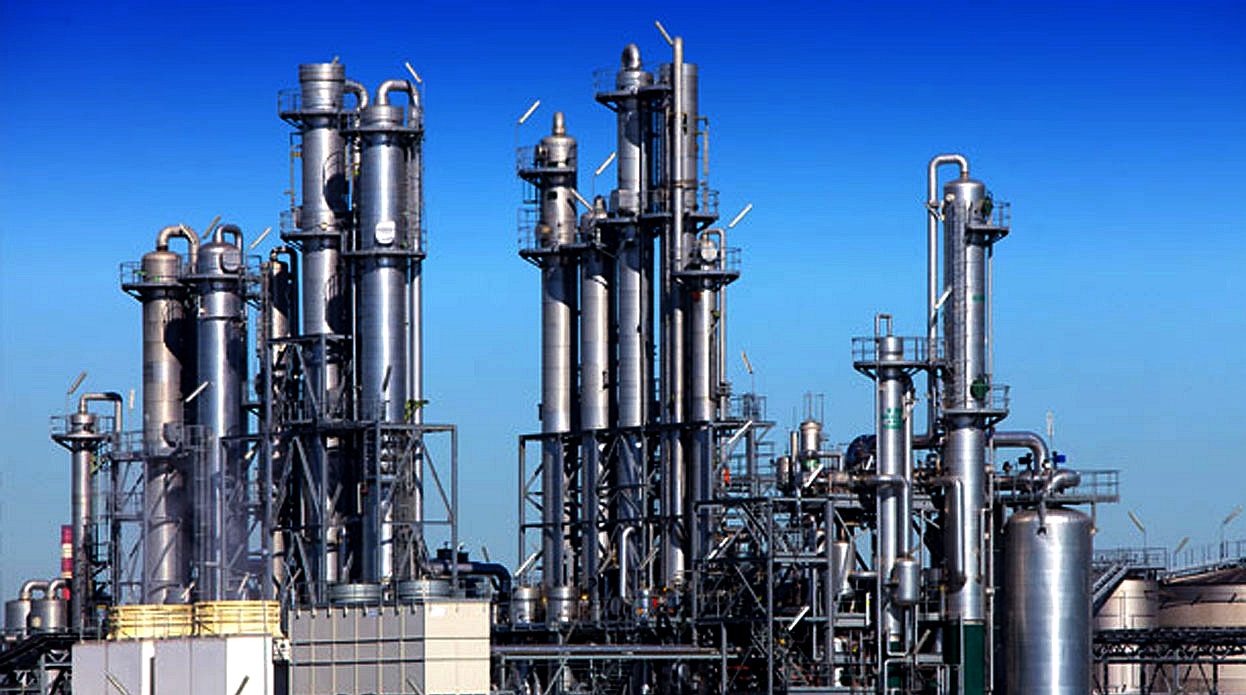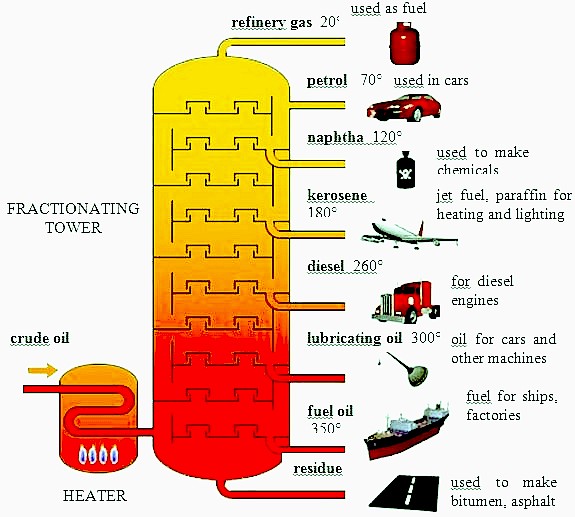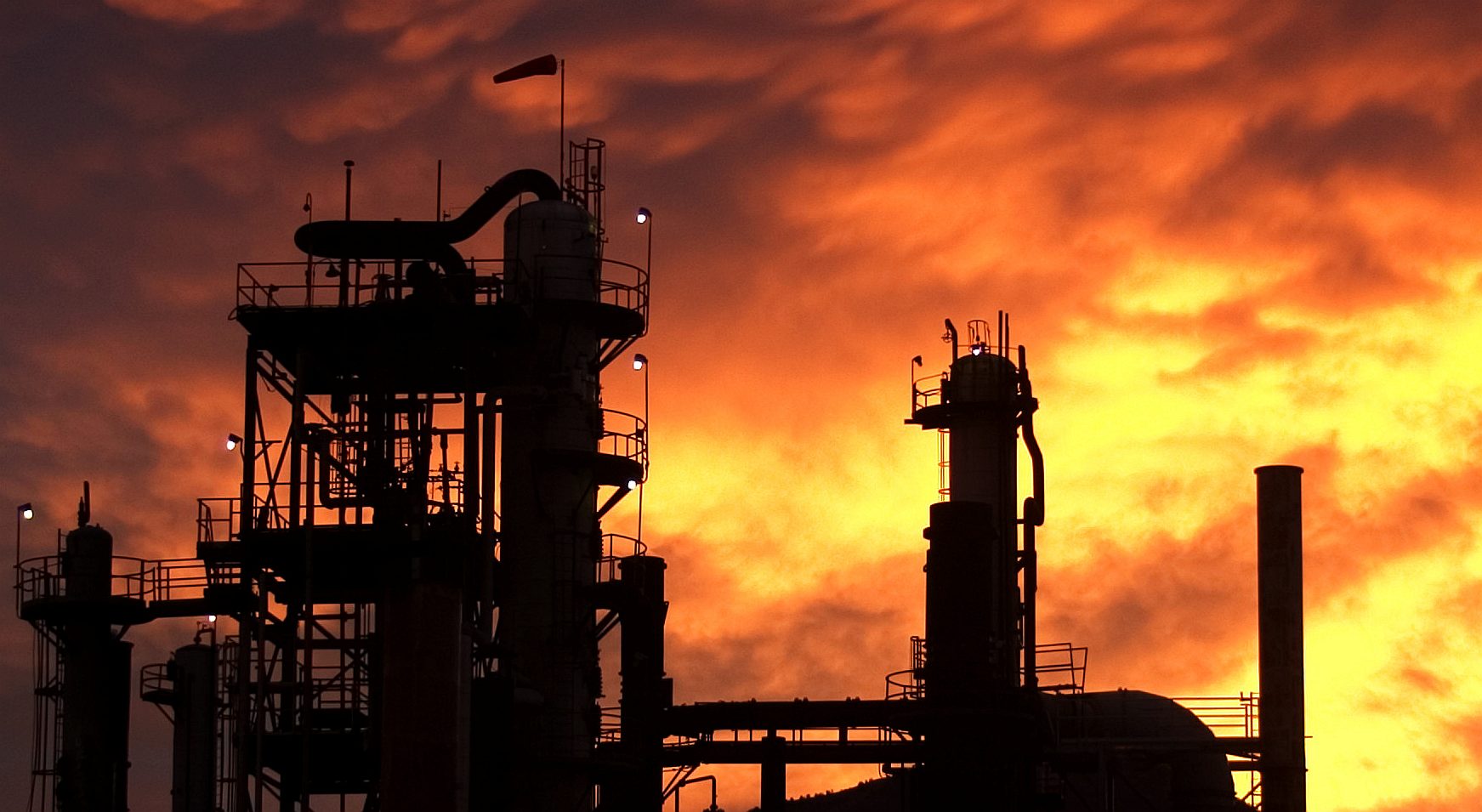|
HEALTH WARNINGS
Please use our A-Z INDEX to navigate this site where pages may link to other sites
OIL SPILLS KILL MARINE LIFE - And the fumes from car exhausts kills us slowly when we burn it and release the carcinogens into the atmosphere to create smogs.
Cars that emit carcinogenic greenhouse gases or sooty particulates should carry a government health warning. It is amazing that they do not, and that there have been no Erin Brockovich type class actions against the oil and car companies that led us to believe it was safe to drive in machines that convert fossil fuels to toxic gases.
Fossil fuels kill, it is as simple as that. Governments have known about this for as long as they have known about the link between tobacco and lung cancer.
COWBOY POLITICS - The Malboro Man character - used from 1954 to 1999 in magazine, television and billboard adverts - was portrayed in a natural setting with only a cigarette. It was initially conceived by Leo Burnett as a way to popularize filtered cigarettes, which at the time were considered a feminine commodity.
Winfield said that he wore his own clothes for shoots and never wore make-up. The Oklahoma native was one of the last Marlboro Men alive. Some were authentic cowboys like him while others were actors.
Other ex-faces of the tobacco brand include David Millar, who died of emphysema in 1987, and David McLean, who died of lung cancer in 1995. Another who pushed the product, Wayne McLaren, died before his 52nd birthday in 1992 and Dick Hammer - better known for his role as Captain Hammer in the TV show Emergency! - passed away from lung cancer in 1999, aged 69.
Eric Lawson who played the iconic cigarette-puffing cowboy during the late 1970s passed away aged 72 from respiratory failure last January. The Marlboro Man was scrapped in the late Nineties, when state governments banned the use of humans or cartoons in U.S. tobacco advertisements. Winfield was born on July 30, 1929, in Little Kansas, Oklahoma.
HIGH
END USER ADDICTION
Air pollution levels tend to be higher in UK towns and cities. So why would anyone live there? The answer to that is they need the work and the money - so are prepared to accept the risk of a shorter life and painful death. And of course it costs more to live in the country, where there are no affordable houses. Councils like Wealden make sure of that.
Air pollution is a killer and the level of toxins can lead to several health conditions. Apart from severe respiratory conditions like asthma and chronic obstructive pulmonary disease (COPD), cardiovascular problems and hypertension, stroke, impaired mental health, anxiety, low birth weight babies, pre-term delivery and depression, air pollution can also be linked to cancer.
Pollutants in the air are absorbed into the circulatory system and pumped all around the body. They can also get deposited on soil, water, and other natural sources, increasing human exposure. In a recent meta-analysis, it was found that exposure to the main air pollutants is associated with increased mortality from all cancers1. For instance, radon, which is a radioactive gas, that can accumulate indoors is one of the leading risk factors for lung cancer.
How Much Does it Raise Risk?
Urban vs. Rural
Studies of geographical differences in the risk of lung cancer reveal that lung cancer is more common in urban areas and less common in rural areas, and this is to be expected.
Other Cancers Associated With Air Pollution
Air pollution as now been implicated not only as a cause of lung cancer, but a cause of bladder cancer as well.
Other Risks of Air Pollution
In addition to lung cancer, air pollution has been implicated in heart disease, asthma, COPD, and the chance of dying overall.
It's clear that air pollution is an important risk factor for lung cancer, but what exactly is it in air pollution that causes the damage that can lead to cancer?
There are two primary types of outdoor air pollution.
Ozone
Particle pollution: It's thought that particle pollution is most important as far as being a risk factor for lung cancer. Air born particles can be comprised of both chemical and biological matter and include both solid and liquid particles.
Sources
Sources of the compounds found in air pollution include vehicle exhaust, coal burning for heat or cooking, forest fires, diesel exhaust, power plants, wood stoves, and emissions from industrial and agricultural sources. Components can include both inorganic (metals) and organic chemicals, soil, and dust.
Particle Size and Risk
The size of particles in air pollution is very important in their role in cancer. It is the small particles (those less than 2.5 microns in diameter and less) that are of most concern. These particles cannot be seen by the human eye.
Cancer begins when a series of mutations in the DNA in a cell lead that cell to grow out of control.
The first step in reducing risk is to understand if you are at risk. Fortunately, the Environmental Protection Agency offers a tool called AirNow. With this tool, you learn about the air quality in your area based on your zip code.
The formation of smog is hazardous to your health especially if you live in a big sunny city.
The Formation of Smog
Photochemical smog (or just smog for short) is a term used to describe air pollution that is a result of the interaction of sunlight with certain chemicals in the atmosphere. One of the primary components of photochemical smog is ozone. While ozone in the stratosphere protects earth from harmful UV radiation, ozone on the ground is hazardous to human health. Ground-level ozone is formed when vehicle emissions containing nitrogen oxides (primarily from vehicle exhaust) and volatile organic compounds (from paints, solvents, and fuel evaporation) interact in the presence of sunlight. Therefore, some of the sunniest cities are also some of the most polluted.
Smog and Your Health
Finding the link
The second mechanism could possibly involve inflammation. In a study, it was found that in-haled gaseous and particulate pollutants trigger an increase in the production of pro-inflammatory cytokines in the body. This increases the risk of gastric cancer and non-Hodgkin's lymphoma. Thus, inflammation can result in mortality due to cancer over time in exposed individuals.
USA
LINKS & REFERENCE
https://cancerstatisticscenter.cancer.org/#!/state/California https://www.lung.org/about-us/blog/2016/06/lung-cancer-and-pollution.html https://doctor.ndtv.com/cancer/world-cancer-day-can-air-pollution-be-linked-to-cancer-our-expert-tells-2171604 https://www.thoughtco.com/what-is-smog-3444125 https://www.verywellhealth.com/air-pollution-and-lung-cancer-2249413 https://airnow.gov/ https://www.cancerresearchuk.org/about-cancer/causes-of-cancer/air-pollution-radon-gas-and-cancer/how-can-air-pollution-cause-cancer
This website is provided on a free basis as a public information service. copyright © Climate Change Trust 2020. Solar Studios, BN271RF, United Kingdom.
|





